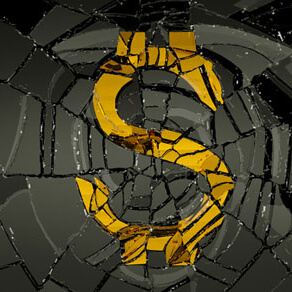
What Goes Into a Fraud Damages Calculation?
At first glance, calculating restitution for fraud damages may seem relatively simple. If someone steals $10,000 from a company, that person should repay that amount, perhaps with interest, right? Not quite. Financial experts also consider the profits the business lost because of the fraud — and weigh different methods of computing damages.
The Appropriate Approach
Experts typically use either the benefit-of-the-bargain or out-of-pocket approach to calculate damages. The appropriate method depends to some degree on the location and nature of the fraud. But in most cases, the benefit-of-the-bargain method results in greater restitution for victims.
Take, for example, a property developer who buys a parcel of land that the seller says is worth $1 million but is offering at $900,000. In truth, the seller is lying about the parcel’s value and has even falsified a valuation report. The land is actually worth about $700,000. Putting aside the developer’s failure to perform proper due diligence, how might fraud damages be assessed?
Under the out-of-pocket rule, the company would be awarded $200,000 in damages, or the difference between the land’s real value and the amount paid for it. Using the benefit-of-the-bargain rule, however, damages would be calculated at $300,000 — the difference between the seller’s misrepresented value and the parcel’s true worth.
3 Common Alternatives
It’s obvious why plaintiffs typically prefer the benefit-of-the-bargain method. But there are three other methods experts commonly use to calculate lost profits.
First, using the benchmark (or yardstick) method, an expert compares the fraud victim’s corporate profits to those of another, similar company that wasn’t defrauded. This method is particularly appropriate for new businesses or franchises.
The hypothetical (or model) method is also generally appropriate for businesses with little history. It requires the expert to gather marketing evidence that demonstrates potential lost sales. After calculating the total, the costs that would have been associated with the lost sales are subtracted to arrive at lost profits.
Finally, the before-and-after method typically is used for longer-established businesses. Experts look at the company’s profits before and after the fraud compared to profits during the time the fraud was being committed. The difference is the lost profits.
Don’t Do It Yourself
Defrauded business owners shouldn’t attempt to calculate their own fraud damages — or engage a professional who isn’t qualified to do it. To help ensure you receive the highest restitution amount, contact us or have your attorney get in touch.
